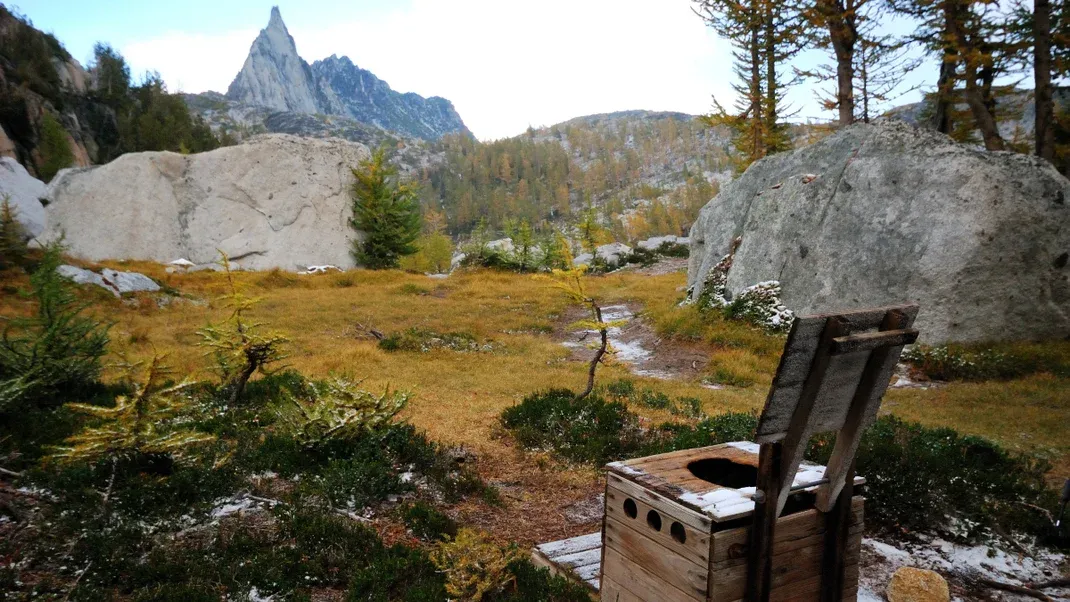Hike All Winter Long
Hike All Winter Long is a guidebook for those who want to continue their hiking adventures in the winter months. The book provides tips on staying safe and warm, as well as gear recommendations for cold-weather hiking. It also includes information on selecting appropriate trails and how to navigate through snow and ice. This comprehensive guidebook aims to inspire and empower hikers to continue their outdoor pursuits year-round, and to experience the beauty and serenity of winter landscapes. Whether you're a seasoned hiker or a beginner looking to explore the great outdoors in a new way, Hike All Winter Long has everything you need to make the most of the winter hiking season.

Hiking all winter long is an exhilarating and rewarding experience that allows outdoor enthusiasts to enjoy the beauty of nature in a unique and often overlooked season. While many people prefer to hibernate indoors during the colder months, dedicated hikers know that winter offers its own set of charms and challenges that make each trek a memorable and invigorating adventure.
One of the most appealing aspects of winter hiking is the opportunity to explore snow-covered landscapes that are transformed into a winter wonderland. The crisp, clean air, the peaceful silence of a snow-covered trail, and the stunning vistas of snow-capped mountains and frozen lakes create a picturesque and serene setting that is unmatched in its beauty. The snow-covered trees and frozen waterfalls add a touch of magic to the landscape, making every step a feast for the eyes and a balm for the soul.
In addition to the breathtaking scenery, winter hiking also offers a unique physical and mental challenge. Hiking in the snow requires a different set of skills and gear, as well as a higher level of physical exertion. The deep snow and icy conditions demand a greater degree of strength, balance, and endurance, making each step a test of both physical and mental fortitude. Navigating through the snow and ice requires a heightened level of concentration and awareness, as hikers must constantly assess the trail conditions and adjust their pace and footing accordingly. The increased physical effort required to hike in the snow also provides a great workout, helping hikers to build strength, stamina, and resilience.
Moreover, hiking in the winter offers a unique opportunity to observe the natural world in a state of quiet and stillness. The absence of human activity and the hushed blanket of snow create a sense of tranquility that is rare to find in other seasons. This serene environment allows hikers to observe and appreciate the subtle beauty of winter wildlife, including the tracks of animals that have left their mark in the snow, the sight of birds flitting among the bare branches, and the occasional glimpse of a deer or other woodland creature traversing the wintry landscape. The winter season also offers a chance to witness the unique behaviors of animals that are adapted to the cold, such as the sight of a fox pouncing on a burrowing mouse or the sound of a woodpecker tapping on a frozen tree trunk.
Despite the challenges and the cold, winter hiking can be a comfortable and enjoyable experience with the right gear and preparation. Proper clothing, including moisture-wicking base layers, insulating mid-layers, and a waterproof and windproof outer layer, is essential for staying warm and dry in cold and snowy conditions. Insulated and waterproof boots with good traction are crucial for navigating through the snow and ice, while gaiters can help keep snow out of the boots. Additionally, a warm hat, gloves, and neck gaiter are essential for protecting the extremities from the cold, while sunglasses and sunscreen are important for protecting the eyes and skin from the glare of the sun on the snow. Hikers should also carry extra layers and a change of clothes, as well as plenty of water and high-energy snacks to stay hydrated and fueled during their trek.
In addition to the right clothing and gear, winter hikers should also be prepared for changes in weather and trail conditions. Winter weather can be unpredictable, with sudden snowstorms, high winds, and rapidly changing temperatures, so hikers should be ready to adjust their plans and turn back if conditions become unsafe. They should also be aware of the potential hazards of winter hiking, such as avalanches, hypothermia, and frostbite, and take precautions to avoid these dangers. Checking the weather forecast, carrying a map and compass, and letting someone know their planned route and return time are all important steps to ensure a safe and enjoyable winter hike.
Finally, winter hiking offers a sense of accomplishment and satisfaction that comes from overcoming the challenges of the season and immersing oneself in the beauty of the winter landscape. The sight of a snow-covered peak or a frozen waterfall, the sound of snow crunching underfoot, and the feeling of crisp winter air on the face create a sense of wonder and awe that is unmatched in any other season. The physical and mental strength required to hike in the winter, as well as the feeling of resilience in the face of adversity, make each winter trek a source of pride and fulfillment. Whether it's a short snowshoe hike through a local park or a multi-day trek through a snow-covered wilderness, winter hiking offers an unparalleled opportunity to connect with nature and oneself in a truly unique and unforgettable way.




